Gluing Up Through-Mortise-and-Tenon Joints
Learn three steps for success.
Be careful. Through-mortise-and-tenon joinery requires careful preparation and glue application. Botch this glue-up and you could be left with exposed tenons that are stained with glue, inhibiting a proper finish.
Edited by: Gary Junken
Videos in the Series
-
3 Steps to Great Glue-Ups: Edge JointsOctober 31, 2012
-
3 Steps to a Great Dado-Joint Glue-UpNovember 2, 2012
-
3 Steps to a Great Mortise-and-Tenon Glue-UpNovember 16, 2012
-
Gluing Up Through-Mortise-and-Tenon JointsNovember 19, 2012
-
3 Steps to a Great Dovetail-Joint Glue-UpDecember 3, 2012
-
Gluing Up Sliding Dovetail JointsDecember 6, 2012

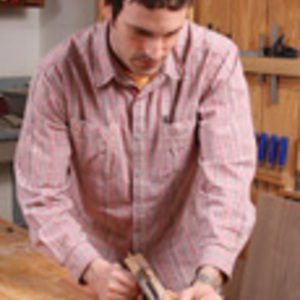
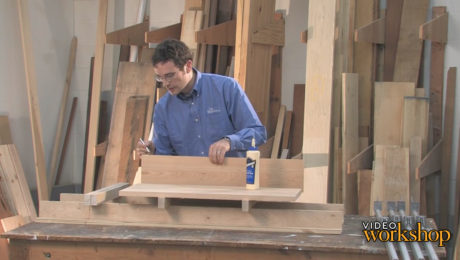
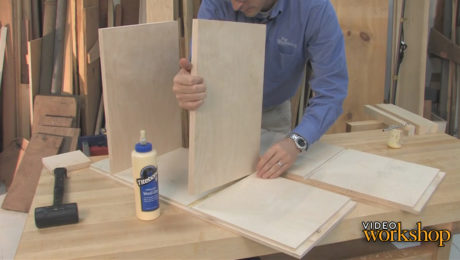
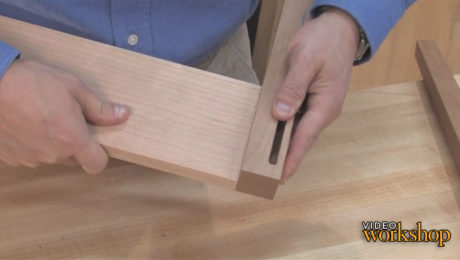
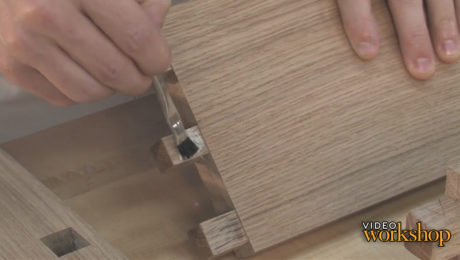

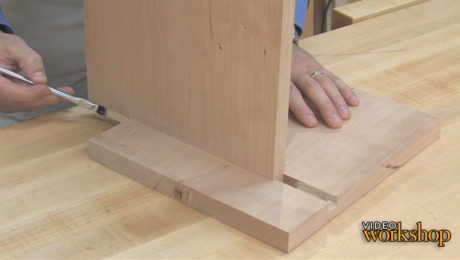






Comments
Best to seal the wood around the joint to prevent squeeze out staining.
This will not work if you are going to do any fuming as the finish on the end will prevent that area from proper exposure to the ammonia. After years and years of experimenting, the best approach I've found is to just accept that you'll have some squeeze out. I agree that you need the majority of your glue on the tenon and just a coating of glue in the mortise. In another video you also show that you should insert the tenon most but not all the way in and then wipe off excess before the final insertion. Then, after assembly (but before the glue dries), use a tooth brush, rags, and water and just scrub away. Yes there will be some raised wood grain but that really isn't hard to just sand/scrape off (to match the rest of your wood's surface).
I have two observations; 1., if a finished piece is going to be traditionally fumed, why not fume all the pieces after the fit of all the joints have been checked, but before the pieces are glued together and assembled? 2., I noticed the assembly rocked on the bottom clamps when he was done. Mightn't it be better to place them parallel to the benchtop/assembly table top [in other words turn them 90º from the way he had them] so as to be able to check for a square assembly in all directions? Jus curious.
@user7596380, this is doable IF you can hang every piece so that there is air access all the way around. You cannot lay a piece down (maybe painters triangles??) during the fuming process, or it will not get the same amount of ammonia as areas in contact with the fumes.
But then, you still have to remove any glue squeezeout so that when you put the finish on, you do not have the glue preventing the finish from reaching the wood.
Trust me on this, lot's of water and a toothbrush is the only way I've found to make this work. And yes, you will need to either sand or scrape off any raised fibers.
Log in or create an account to post a comment.
Sign up Log in